In this post, I’m going to show you the 3 most popular types of tripod heads, and why you need them.
In the world of photography, there’s an endless amount of accessories and equipment. That makes it hard to figure out what you really need, especially when you’re just starting out.
In fact, if you type “tripod head” into Amazon search, you’ll get back more than 2,000 products spread out over 8 different categories!
With so many choices, how do you know which tripod head is right for you?
In today’s post, I’ll show you 3 popular tripod heads used every day by photographers. I’ll also explain why you need each one.
1. The Ball Head
Ball heads are the most popular tripod head for photography, and come in many sizes. The ball lets you position your camera in an almost infinite number of angles. Most ball heads have a slot on the neck so you can easily position your camera into portrait orientation.
Operation is simple. Hold your camera with one hand, then loosen the locking knob and position your camera as desired. Once you position it, just twist the knob and lock the ball in place. Although ball heads are fast and flexible, they’re not very precise for minor adjustments.
Before buying a ball head, check its max load capacity to see if it can hold the weight of your camera and lens. A ball head that’s too small won’t secure a heavy load. It will topple over—even if it’s “locked”. Don’t ask me how I know that…
| Pros | Cons |
| Smaller, easier to carry around | Less precise |
| Easy to use | Harder to get level |
| Quick to operate | Generally don’t hold heavy loads as well |
Why you need a ball head:
If your subjects are on the move (sports, wildlife, kids, etc.), you want a ball head.
2. The Pan and Tilt (or 3-Way) Head
Pan and Tilt heads (also known as 3-way heads), have 3 points of movement or “planes”:
- “Pan”—a left/right movement, like shaking your head “No”
- “Tilt”—an up/down movement, like nodding your head “Yes”
- “Portrait Orientation”—Rotate your camera 90 degrees to the side, to capture vertical (portrait) photos
Unlike the ball head, you control each plane of the pan and tilt head independently. That gives you precise control over your camera’s position. Each axis has its own locking knob or lever. Simply twist to unlock, move your camera, then lock again.
Pan and tilt heads are harder to transport because they take up more space, but the added precision is worth it for some. If you plan on shooting moving subjects, don’t use this tripod head. You’ll be fiddling with locking knobs and levers and miss the shot.
| Pros | Cons |
| More precise than ball heads | A little more complex to operate |
| Generally support heavier camera systems | Takes longer to adjust |
| Independent control over horizontal, vertical, and tilt planes | Bulkier than ball heads |
Why you need a pan and tilt head:
If your subjects don’t move, (real estate, food, landscapes, etc.), then consider picking up a nice quality pan and tilt head.
3. The Fluid Head
A fluid head lets you move your camera on two planes—the pan, and the tilt. Videographers use fluid heads to record video.
Like the pan and tilt head, you lock and unlock the pan and tilt planes to control your camera position. Many fluid heads also feature a “drag” control to add friction to pan and tilt movements. That friction–or “drag”, prevents jerky camera movements when recording. That helps you capture buttery smooth footage.
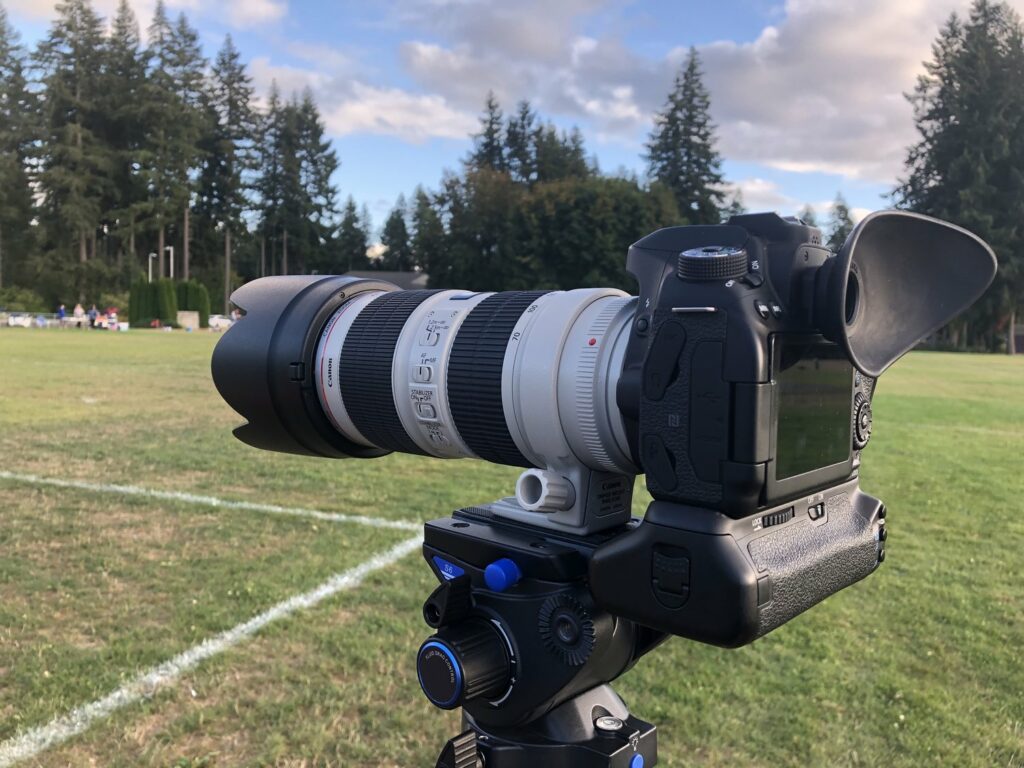
The main drawback with a fluid head is that you can’t rotate the camera into portrait orientation.
| Pros | Cons |
| “Drag” helps smooth out camera movement for video | More complex to operate than a ball head |
| Supports heavier camera systems | No portrait orientation option |
| Independent control over pan and tilt planes | Tend to be fairly heavy |
Why you need a fluid head:
If you shoot video, then you need a fluid head. You’ll capture smooth video of moving subjects, and create stable, cinematic footage.
4. Bonus: The Gimbal Head
If you’ve got one of those massive bazooka lenses used by wildlife photographers, you need a gimbal head. A gimbal tripod head cradles your lens as if you were holding it yourself, allowing you to move and pivot smoothly while photographing moving subjects. When properly configured, a gimbal head makes heavy, unwieldy lenses feel almost weightless.
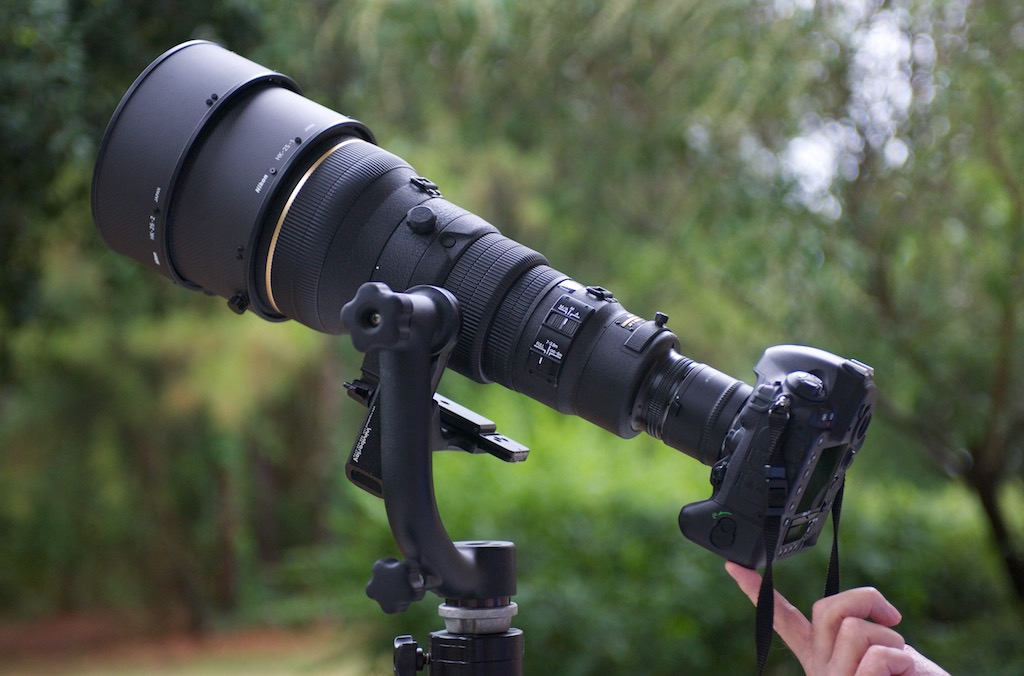
Gimbal heads and their larger loads are heavier than your average photography setup, so be sure to use a sturdy tripod to properly support everything.
| Pros | Cons |
| Large, heavy lenses feel weightless | Works poorly with lenses that don’t have tripod collars |
| Perfect for big, heavy telephoto lenses | Large, bulky, and heavy |
| Can loosen the tripod collar to rotate camera into portrait orientation | Not well suited for landscapes or close-up subjects |
| Lets you move smoothly to track moving subjects |
Why you need a gimbal head:
If you photograph wildlife with massive lenses, a gimbal head is a must. Properly balanced, your camera/lens combo will move effortlessly, so you can focus and get the shot.
Conclusion:
Now you know the 3 most popular types of tripod heads (and why you need them), plus a bonus — the gimbal head!
Now it’s your turn! Which type of tripod head do you use, and why? Is there a type of head here that I didn’t list? Drop a comment below, and let us know!
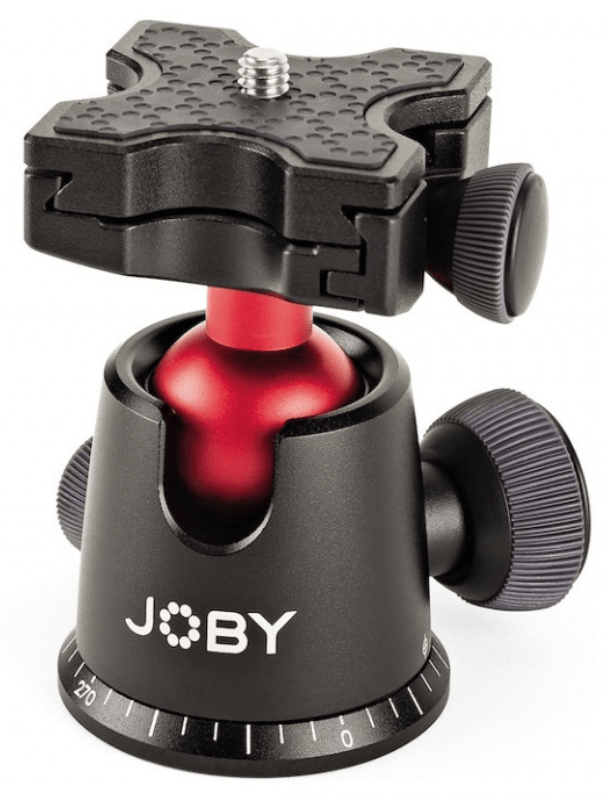
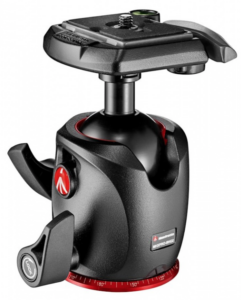
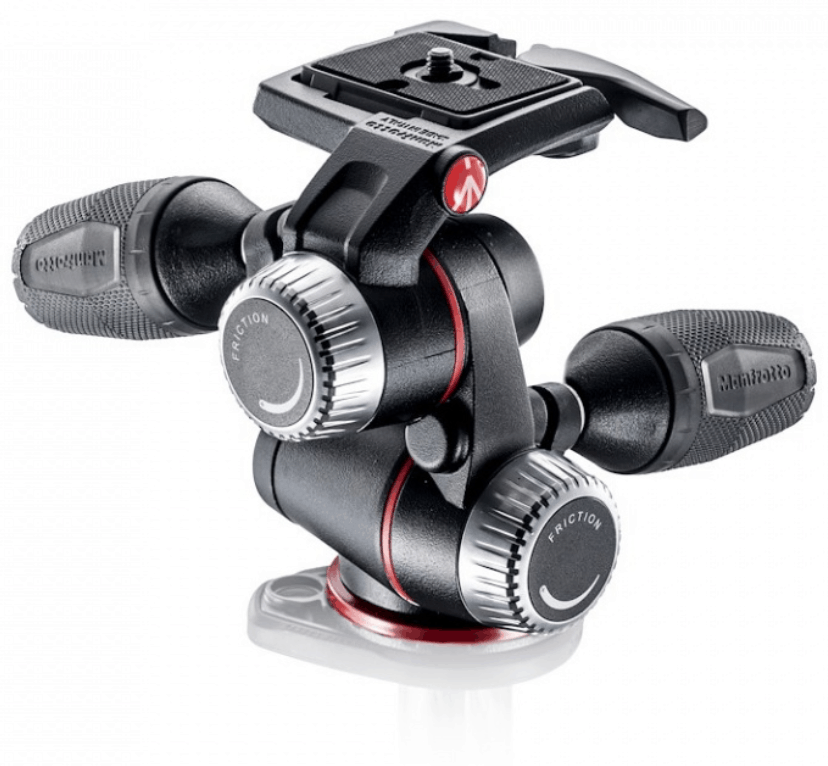
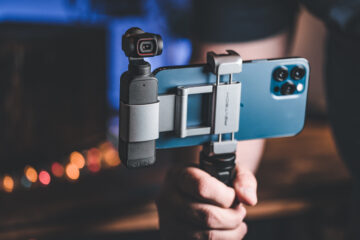
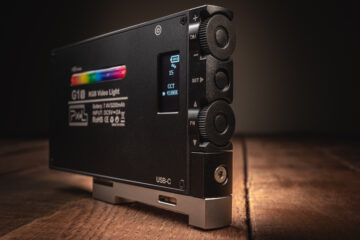
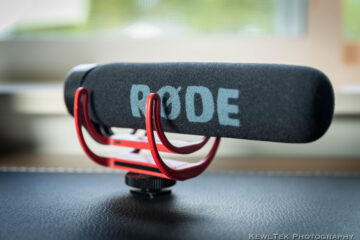
0 Comments